Sewage, Not Fertilizer Fueling Nitrogen Surge in Indian River Lagoon
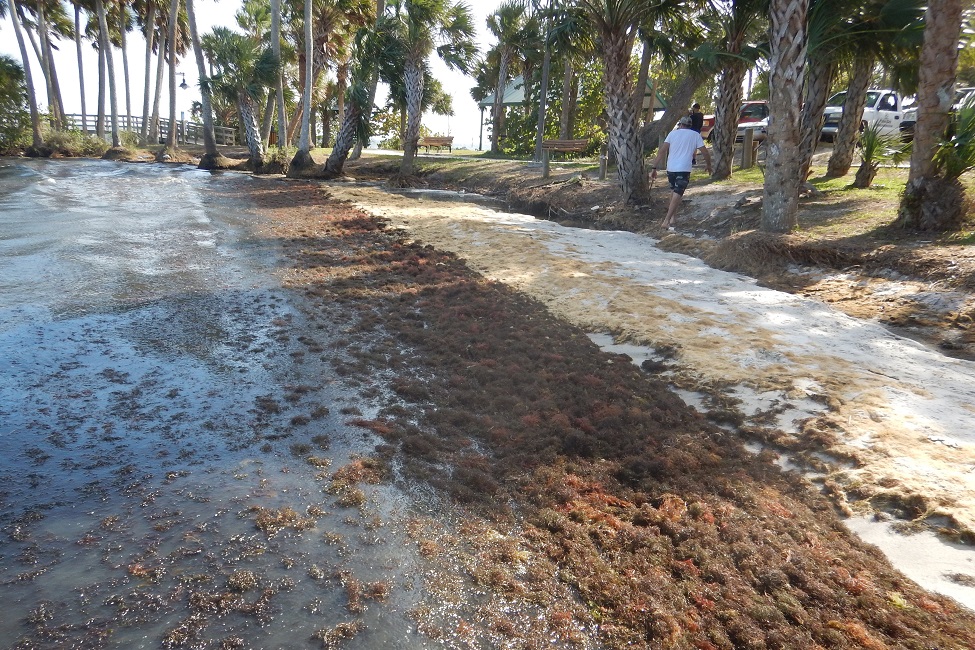
Blooms of red drift macroalgae stranding on the shoreline near Turkey Creek, an Indian River Lagoon tributary, during the study period. (Photo credit: Brian Lapointe)
From recurring harmful algal blooms – including brown tides – to catastrophic seagrass losses, fish kills and unusual marine mammal deaths – including the threatened Florida manatee – the Indian River Lagoon is environmentally distressed. For decades, water managers, policy makers and environmental activists have implicated fertilizer use as the primary contributing source responsible for about 71 percent of these impairments in the lagoon.
Consequently, fertilizer restrictions have been implemented in counties and municipalities along the 156-mile-long Indian River Lagoon on Florida’s Atlantic coast to reduce nutrient inputs from urban and agricultural land uses to achieve total maximum daily loads for the lagoon. Excess nutrient inputs, particularly nitrogen, often result in increased harmful algal blooms, seagrass die-offs and fish kills. The hope was that water quality would improve by reducing the nitrogen load.
While these restrictions were well-intended, a new study by Florida Atlantic University’s Harbor Branch Oceanographic Institute reveals fertilizer use is not the root cause of these environmental problems in the Indian River Lagoon. It’s sewage.
Findings of the study, published in the journal Marine Pollution Bulletin , show recent estimates for residential fertilizer contributions to the Indian River Lagoon are much lower than the originally defined contribution of 71 percent. In fact, current nitrogen loading estimates represent a 21 percent contribution from residential fertilizers compared to 79 percent from septic systems. These loading estimates are similar to those reported in other septic system-impacted urbanized estuaries.
Following five years of mandatory wet season fertilizer blackouts along the lagoon, researchers discovered water quality and harmful algal blooms have worsened in the northern Indian River Lagoon and Banana River, leading to unprecedented seagrass die-offs and starvation of manatees.
To assess the effectiveness of these fertilizer bans, researchers collected seawater and macroalgal samples at 20 sites “pre” and about five-years “post” bans. They tested by comparing dissolved seawater nutrient concentrations and tissue nutrient and isotope data of brown tides and macroalgae. Gathering evidence from stable nitrogen isotope values enabled researchers to discriminate between sewage, rainfall and fertilizer, providing a unique “fingerprint” of the samples they collected.
“Our comparative pre- versus post-ban nutrient data indicate that the wet season fertilizer blackouts were not as effective as hoped,” said Brian Lapointe, Ph.D., senior author and a research professor at FAU Harbor Branch. “Our findings also suggest that the increasing concentrations of dissolved inorganic nitrogen and phosphorus observed in some segments of the lagoon following five years of fertilizer bans would support the worsening trend of algal blooms.”
Researchers analyzed a total of 450 macroalgae samples, including 211 that were collected pre-ban and 239 collected post-ban. During the wet season, 217 macroalgae samples were collected, while 233 were collected during the dry season. They examined if there was an associated decrease in dissolved ambient nutrients or a change in the tissue nutrient and/or stable isotope values of phytoplankton or macroalgae that would suggest a shift in the available nutrients and stoichiometry fueling eutrophication in the lagoon.
“The deteriorating conditions in the Indian River Lagoon demonstrate the urgent need for more comprehensive mitigation actions as fertilizer ordinances are not likely to be a standalone solution,” said Rachel Brewton, corresponding author and a research scientist at FAU Harbor Branch. “Our data indicate a primary role of human waste influence in the lagoon, which suggests that current management actions have been insufficient at mitigating environmental pollution.”
The significantly higher carbon-to-nitrogen ratio of the brown tide in 2012 compared to 2016 indicates greater nitrogen enrichment post-fertilizer bans. The highest stable nitrogen isotope values occurred in the Banana River during the 2016 brown tide and closely matched values for partially treated wastewater, which would be expected in this highly urbanized area with aging wastewater collection systems and secondary treatment without nitrogen removal.
Researchers observed similarly high nitrogen-to-phosphorus ratios in the Banana River in the wet season, illustrating how small-celled brown tides can sustain blooms by scavenging nutrients at low concentrations and skewed nitrogen-to-phosphorus. These results underscore the conclusions that phosphorus limitation plays a key role in the dynamics of brown tides, especially relating to bloom decline.
“The initial overestimation of nitrogen contributions from residential fertilizer applications led to broad public support and the passage of numerous fertilizer ordinances along the Indian River Lagoon during our study period,” said Lapointe. “Now, it would be prudent to prioritize reducing human waste nutrient inputs into the lagoon, prior to mitigating the impacts of internal nutrient sources, when possible.”
Study co-authors are Lynn E. Wilking, harmful algal blooms marine biologist with Consolidated Safety Services, Inc., under contract to NOAA; and Laura Herren, a biological scientist at FAU Harbor Branch.
This work was supported by the Save Our Seas specialty license plate fund administered through the Harbor Branch Oceanographic Institute Foundation (HBOIF) and the Florida Center for Coastal and Human Health, which was developed by and receives continued support from HBOIF.
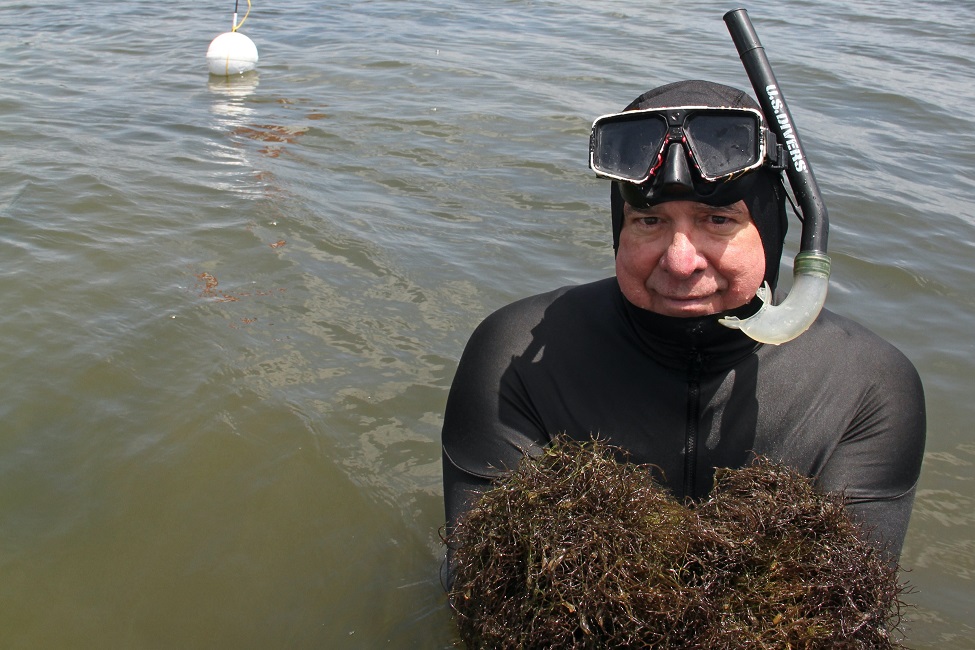
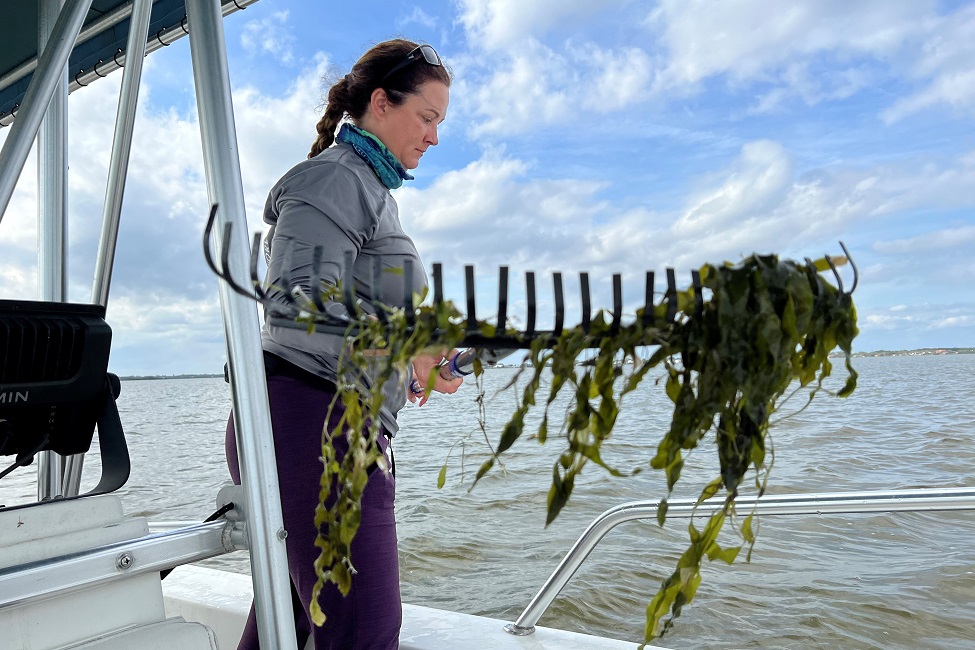
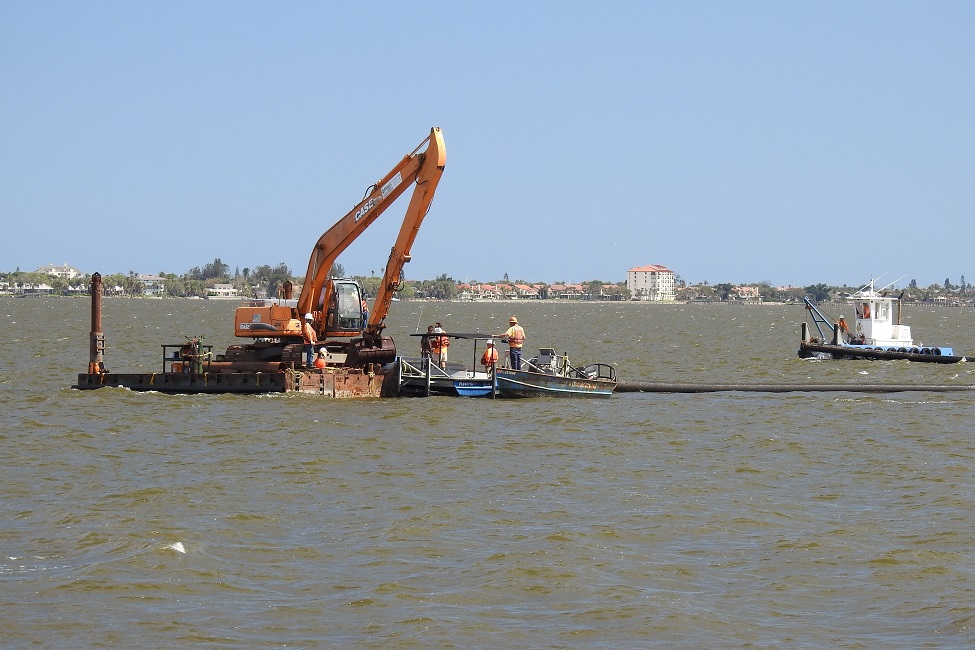
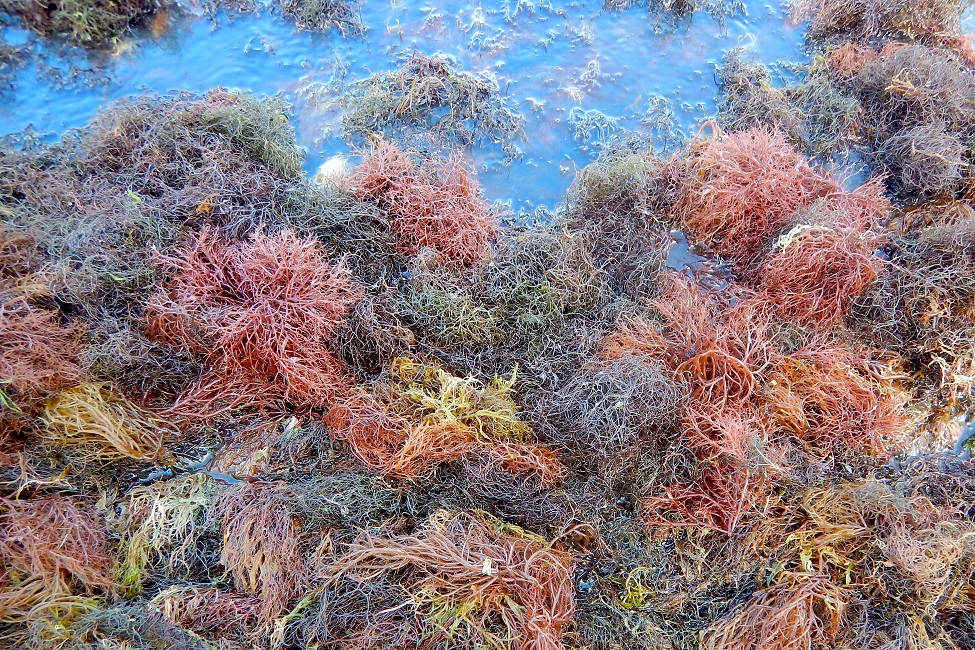
-FAU-
Tags: faculty and staff | harbor branch | science | research